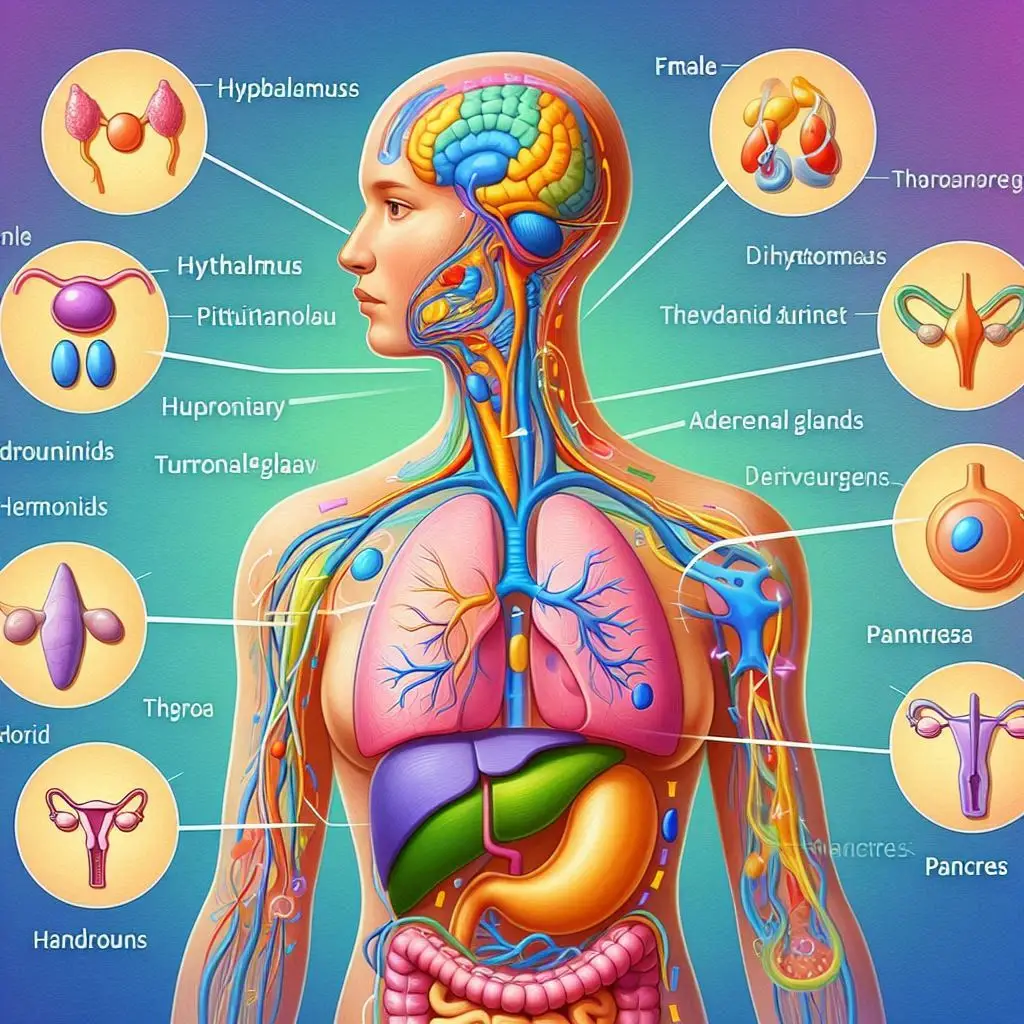Tissue Growth Factors in Animals

What Are Tissue Growth Factors?
Tissue growth factors are signaling molecules that influence cellular processes. They bind to specific receptors on target cells, initiating a cascade of biological responses. These responses can lead to cell division, migration, and differentiation, which are essential for normal tissue development and repair.
Types of Tissue Growth Factors
Several key types of tissue growth factors are recognized for their unique roles in animal physiology:
1. Insulin-like Growth Factors (IGFs)
IGFs are critical for muscle development and growth. They promote the proliferation and differentiation of muscle cells.
- Function: IGF-1 and IGF-2 stimulate muscle satellite cells (MSCs) to promote muscle repair.
- Mechanism: They act through the IGF receptor (IGF-1R), activating signaling pathways that lead to increased protein synthesis. For more information on IGFs, visit NIH.
2. Transforming Growth Factor Beta (TGF-β)
TGF-β is involved in regulating cell growth and maintaining tissue homeostasis.
- Function: It plays a significant role in wound healing and fibrosis.
- Mechanism: TGF-β binds to its receptors, activating SMAD proteins that regulate gene expression related to cell proliferation. Learn more about TGF-β at Nature Reviews.
3. Fibroblast Growth Factors (FGFs)
FGFs are essential for angiogenesis and tissue repair.
- Function: They stimulate the proliferation of fibroblasts and endothelial cells.
- Mechanism: FGFs bind to FGF receptors, triggering pathways that promote cell division and migration. For additional details on FGFs, check out PubMed.
4. Platelet-Derived Growth Factor (PDGF)
PDGF is crucial for wound healing processes.
- Function: It attracts macrophages to injury sites and stimulates fibroblast activity.
- Mechanism: PDGF binds to PDGF receptors on target cells, activating signaling pathways that enhance cell migration. Explore more about PDGF at ScienceDirect.
5. Hepatocyte Growth Factor (HGF)
HGF is primarily known for its role in liver regeneration.
- Function: It promotes cell motility and tissue regeneration.
- Mechanism: HGF activates c-Met receptors, leading to cellular proliferation and movement. Learn more about HGF from Clinical Cancer Research.
6. Myostatin
Myostatin is a negative regulator of muscle growth.
- Function: It inhibits muscle differentiation and proliferation.
- Mechanism: Myostatin acts through activin receptors to suppress muscle cell growth. For further reading on myostatin, visit Frontiers in Physiology.
Physiological Roles of Growth Factors
Understanding the physiological roles of growth factors helps clarify their significance in animal biology:
Development
During embryonic development, growth factors guide the formation of various tissues by regulating cell fate decisions. For instance, FGFs are critical for limb development in vertebrates.
Wound Healing
Growth factors like PDGF and TGF-β facilitate the healing process by promoting inflammation, fibroblast activity, and angiogenesis. This ensures effective tissue repair after injuries.
Tissue Homeostasis
In adult organisms, growth factors maintain tissue integrity by regulating cellular turnover. For example, IGFs help sustain muscle mass during aging or physical stress.
Therapeutic Applications of Growth Factors
The therapeutic potential of growth factors extends into regenerative medicine:
1. Tissue Repair
Growth factors can enhance healing in soft tissues through treatments like platelet-rich plasma therapy. This method uses concentrated platelets containing high levels of growth factors to accelerate recovery after injuries or surgeries.
2. Muscle Regeneration
In conditions like muscular dystrophy or age-related muscle loss, therapies targeting myostatin inhibition can promote muscle regeneration. By blocking myostatin’s effects, researchers aim to increase muscle mass effectively.
3. Wound Healing Treatments
Topical applications of growth factors like PDGF have shown promise in improving wound healing rates in chronic wounds or diabetic ulcers. For insights into clinical applications of growth factors, refer to The Journal of Clinical Investigation.
Conclusion
Tissue growth factors play essential roles in animal biology by regulating development, healing, and homeostasis. Understanding their mechanisms opens avenues for therapeutic interventions aimed at enhancing tissue repair and regeneration. As research progresses, the potential applications of these proteins will likely expand further into clinical settings.
More from Veterinary Physiology:
https://wiseias.com/blood-brain-barrier-animals/
https://wiseias.com/pituitary-gland/
https://wiseias.com/thyroid-gland-in-animals/




Responses